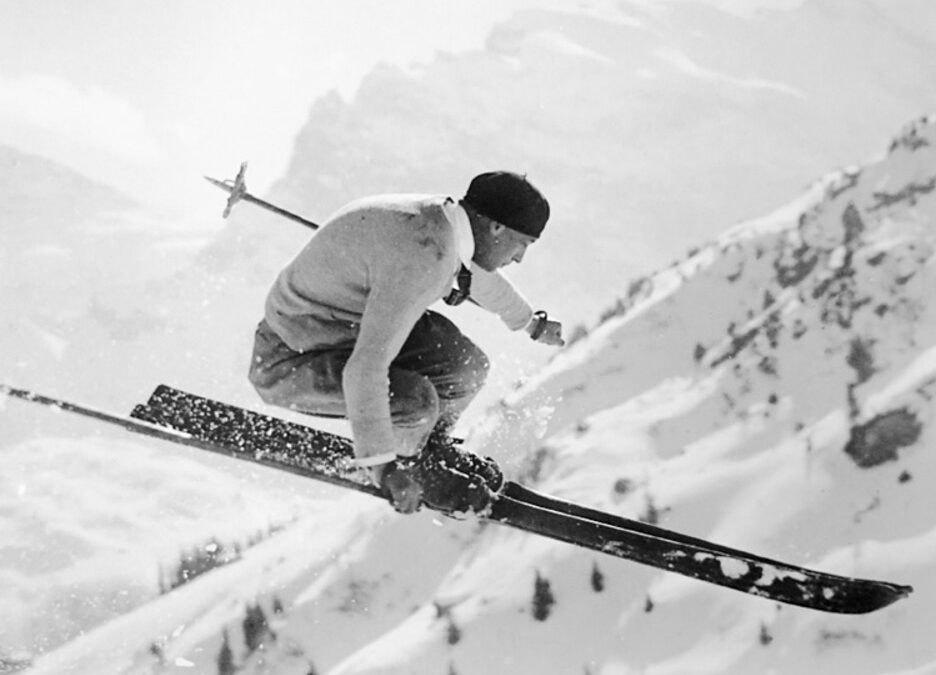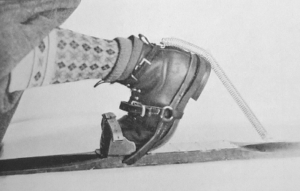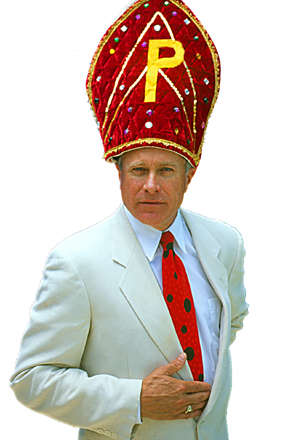
Walter Amstutz led the transition from free-heel to locked-heel skiing. In 1928, he pioneered a spring to control heel-lift, soon known as the “Amstutz spring.” Reduced heel-lift helped spark the parallel turn revolution. Photo courtesy Ivan Wagner, Swiss Academic Ski Club
When present-day skiers ponder which skiers have had the most influence on Alpine skiing as it’s practiced today, they may conjure up images of Stein Eriksen, Jean-Claude Killy or Shane McConkey, each icons of recent epochs in the evolution of our sport.
If you’re an equipment buff, you might mention Bob Lange, Howard Head or Sven Coomer, a tireless innovator whose work is still evident in every modern boot design. (Coomer has finally earned induction into the U.S. Ski and Snowboard Hall of Fame, recognition that is long overdue. May I humbly extend, on behalf of all skiers, my deepest appreciation for all he has done for skiing, and belated congratulations on his enshrinement in the Hall.)
If you fancy pioneers in technique, you can site the contributions of Georges Joubert, Warren Witherall or Cliff Taylor, to name a few who moved the needle in this arena. You could also make a list of influencers in ski resort development, ski media and any and all forms of competition.
As deserving of mention as these skiing heroes are, they are all in debt to earlier groundbreakers whose names are likely as unfamiliar to you, Dear Reader, as the times they lived in. In any historical retrospective, there can only be one “first,” someone who made the next step forward possible. This Revelation is meant as a reminder that ours is not the only generation who has achieved anything of consequence.
Your Esteemed Editor is as prone to historical myopia as the next Boomer, so I turned to Seth Masia, President of the International Skiing History Association and the premier preservationist of our sport’s authenticated record. Masia provided me with an extensive reading list, an abundantly annotated timeline and a deeper appreciation for the pioneers who made Alpine skiing possible.
Before I unveil my slightly tweaked take on Masia’s list of skiing’s quintessential founders, allow me a moment to endorse ISHA’s efforts in preserving ski history. (Full disclosure, I occasionally contribute to Skiing History magazine, for whom I consider it an honor to write.) ISHA is a nonprofit, and its work depends very much on the support of skiers like you, Dear Reader. If you are in a position to join the association and read its magazine Skiing History, please do so. All links below are to Skiing History assets.
Here are my ISHA-inspired picks as the Top 10 Skiers Who Changed Skiing, visionaries whose inventions and/or advancements in technique laid the foundation for what we know today as Alpine skiing.
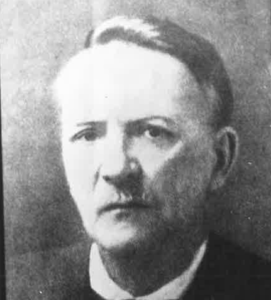
When you can claim to have made the first modern ski, with both camber and sidecut, and the first binding, complete with flexible heel strap, plus the first two distinct turning techniques, Telemark and Christiana, and you were a badass skier who trounced the field at the 1868 national championships despite being 42 and competing against skiers 20 years his junior, you’ve earned the right to be at the top of the list. He was skiing’s first star athlete, inspiring thousands of Norwegians to take up the sport.
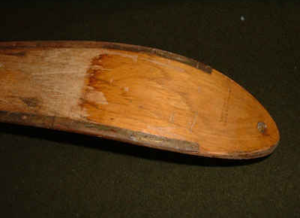
There are many viable candidates for number two on this list, but I’m going with the guy who came up with segmented steel edges, patented by Rudolf Lettner in 1926. Three years later, an 18-year old instructor named Toni Seelos used a set of Lettner’s edges to win a slalom by five seconds; within a year, steel edges were deemed essential equipment if you wanted to compete. They still are.
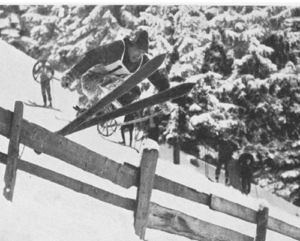
Guido Reuge racing downhill, in the era before course preparation was a thing, and fences were no big deal. His friends called him a “jumping devil.” Swiss Ski Museum
Guido Reuge
Before you quibble over this pick, consider that Reuge’s Kandahar binding was the first to effectively keep the boot heel pinned to the ski, a sea-change that – along with the steel edge – made modern ski technique possible. The Kandahar also used a steel cable – not leather – to wrap behind the heel, locked in place by a Bildstein lever. With Norheim’s shaped skis, Lettner’s steel edges and Reuge’s sidewall clips that routed the cable below the heel, all the elements that make the modern carved turn possible were in place.
Amstutz spring, 1929. Swiss Ski Museum
The contributions of Walter Amstutz were multi-disciplinary, connecting the worlds of design, technique and competition. He was the first to address the absence of adequate heel hold by creating the Amstutz spring, a rear-mounted coil connecting the boot to the ski. In his role as founder of the Swiss Academic Ski Club, he convinced the FIS to sanction Alpine skiing as a legitimate sport with its own world championships and Olympic eligibility.
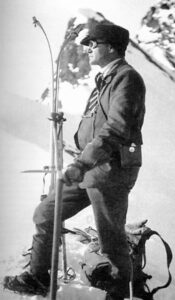
Wrote the first rulebook for downhill and slalom racing, setting the stage for all future Alpine events. Along with Amstutz, he convinced the FIS to recognize Alpine skiing. Founded the Kandahar Ski Club and Kandahar Trophy series, which continues to this day. Knighted for his contributions to British skiing, Sir Arnold is widely regarded as the inventor of modern Alpine ski racing.
Anton Seelos
New technologies enable new techniques. The first skier to take full advantage of edges that held on hard snow and heels that didn’t elevate was an Austrian named Toni Seelos. The first time he raced using his newly devised, carved parallel turn, he won a local slalom by 5 seconds. Then he won the 2-run slalom at the FIS World Championships by 9 seconds. If you can’t recall his brilliant racing career, it’s because he immediately turned to coaching, where he was a super-spreader of parallel-turn technique. His disciples include Christl Cranz, Franz Pfnur, Toni Matt, Emile Allais and Andrea Mead Lawrence.
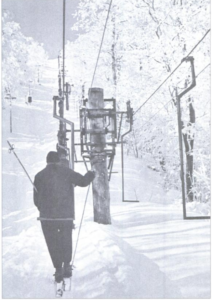
Much as I love sliding downhill, I dislike climbing uphill, which makes Ernst Constam my personal favorite on this list. Constam invented the J-bar surface lift, which morphed into the double-capacity T-bar, making it affordable to install uphill transportation on countless venues worldwide. I grew up on Big Bromley, Vermont, home to some of the first J-bars. Bromley is also where I was obliged to climb for my skiing between the ages of 5 and 9. Scarred for life.
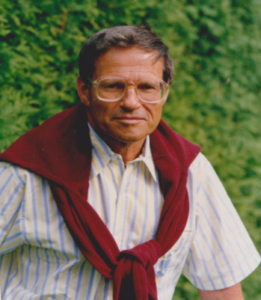
Once Dr. Walter Kofler industrialized his patent for a “ski base made of fabric-laminated polyethylene,” christened with the brand name Kofix, in 1954, the course was set towards the universal adoption of PE we see today. The riddle that Kofler solved was how to heat-bond cotton to slippery strips of PE so they would adhere to wood or metal. When Kästle and Kneissl athletes skiing for Austria and Switzerland used some of the first PE-based skis at the 1956 Cortina Olympics, they took home twelve of the eighteen medals, including Toni Sailer’s three golds, firmly establishing the material’s dominance. But when Kofix’s Swiss licensee, Montana, introduced P-Tex in 1964, the end was nigh for Kofix. The nail in its coffin was P-Tex 2000, the first sintered PE, introduced by Montana in 1966. Today, there isn’t a modern ski made that doesn’t have a PE base, a legacy as enduring as any of our favorite founders.
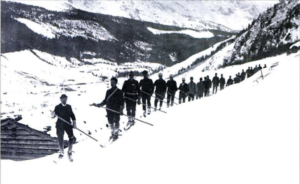
Considered by many to be the “Father of Alpine Skiing,” Zdarsky was a tireless apostle for the fledgling sport. Among other accomplishments, he founded the first Alpine ski school (1897), wrote the first influential instruction manual, concocted 100’s of iterations of his binding design, trained the Austrian army to ski and founded the first slalom competition, in 1905. If judged solely by his impact on skiing’s early development, Zdarsky would be near the top of this list, but he never adapted his instruction method to include the use of two poles, dooming it to extinction.
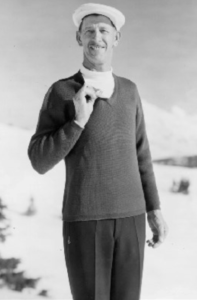
The original toe irons that retained a leather mountaineering boot had no release capability other than product failure. Estimated injury rates ran to a withering 10% of the ski population, a staggering figure. One of the injured was a young Norwegian émigré, Hjalmar Hvam, a trained mechanical draftsman as well as a brilliant racer and ski shop owner. His spiral fracture inspired him to tinker with toe iron designs, eventually leading to the first releasable toe piece, in 1937. After World War II, European inventors Jean Beyl and Hannes Marker would create releasable toes of their own, opening the floodgates of creativity. (There were 35 binding brands sold in the U.S. during the 1950’s). As new designs achieved greater market acceptance, Hvam’s toe piece drifted into irrelevance and his company into eventual insolvency. But advancements in binding design inspired by Hvam’s invention, in conjunction with boot sole standardization, would lead to the virtual elimination of the sort of fracture that had set these wheels in motion.
This is by no means a complete list of skiing’s original influencers. To learn more about skiing’s origins, I urge you to subscribe to Skiing History and donate to ISHA. Skiing History is unique among print publications devoted to skiing in that it is written by actual journalists and historians. Compared to the swamp of swill infesting the Internet in the guise of wintersports journalism, Skiing History is like a breath of fresh, mountain air. Follow the links in this Revelation to read examples of its fine work.
Now that we’ve given the founders of Alpine skiing their due, let’s turn our collective attention to the skiing boom that followed the end of World War II. Which skiers have had the most impact on our sport in the post-war era? We’ll post a potpourri of possibilities in next week’s sure-to-be-controversial Revelation.
